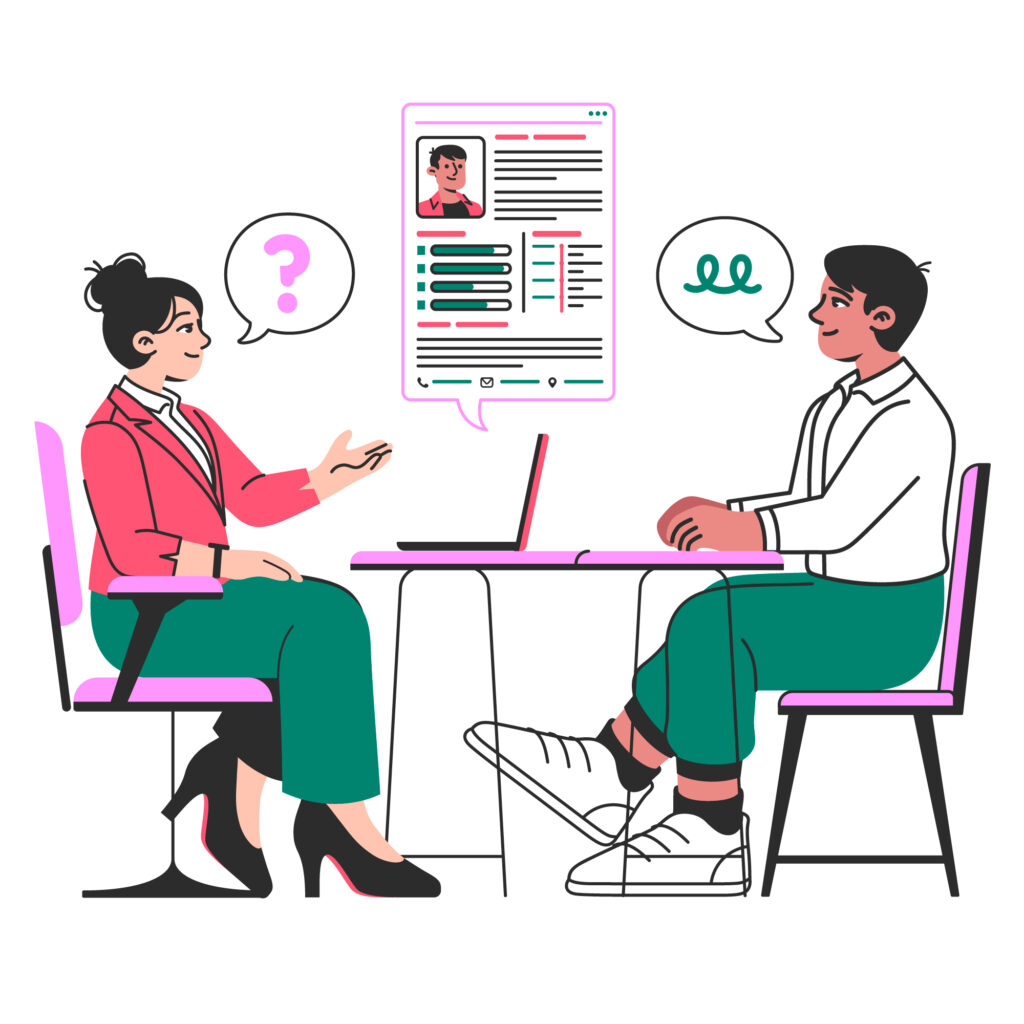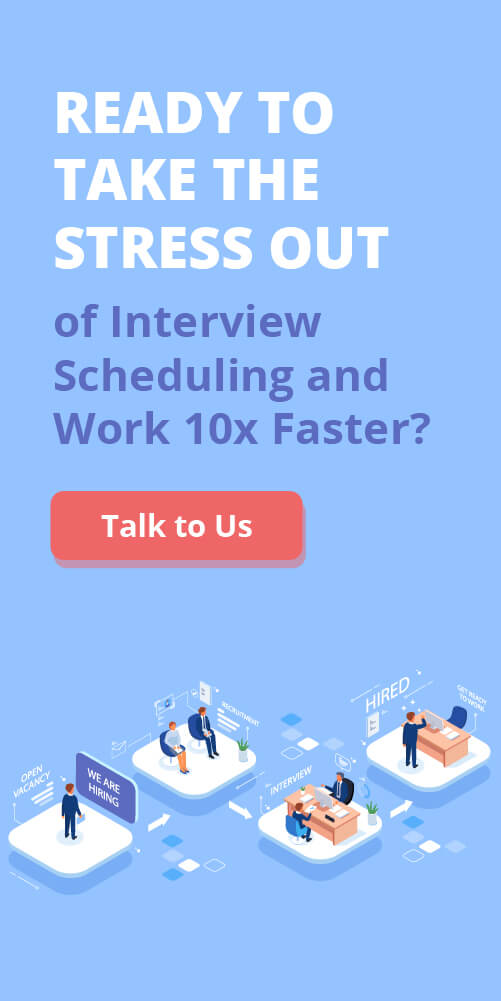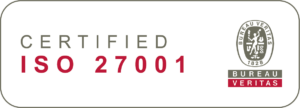Welcome to a deep dive into objective interview methods that help you assess cultural fit with precision—without the guesswork. In today’s hiring landscape, companies like Zappos, IBM, and Microsoft have refined their interviewing processes to ensure new hires not only meet technical requirements but also align with—and even enhance—their unique company culture.
In this article, we will explore structured behavioral interviews, simulation exercises, and data-driven assessments that cut through subjective biases and reduce costly mis-hires.
When you bring in a candidate who not only checks all the technical boxes but also vibes with your company’s values, you’re setting the stage for long-term success. Otherwise, even the sharpest talent can turn into a misfit that derails team chemistry.
💡 Consider Zappos: they’re so serious about their culture that they famously offer new hires a cash incentive to quit if they feel they’re not a good match. This move, while initially sounds counterintuitive, is aimed at saving everyone time and avoiding costly turnover by ensuring that only those who truly resonate with the organization stay on board.
💡 Netflix takes a different angle. With its iconic Culture Deck, the streaming giant only brings on “fully formed adults”—people who can navigate the freedom and responsibility that define its culture. This approach’s core mission is to build trust and foster an environment where innovation thrives.
In short, prioritizing cultural fit helps build engaged, cohesive teams that can weather the ups and downs of a competitive marketplace—proving that sometimes, it’s not just what you know but how well you mesh that really matters.
Structuring the Interview Process to Assess Both Skills & Values (and Beyond!)

Let’s get real: you need candidates who are not only capable of doing the job but can also add new flavors to your already thriving culture. Here’s a step-by-step blueprint for designing or improving an interview process that nails both skills and cultural alignment while leaving room for a little “culture add”.
Step 1: Define Your Core Competencies, Cultural Values, and Growth Drivers
Start with the basics – identify what skills are non-negotiable and which cultural values are the bedrock of your team. Sit down with your leadership squad and answer questions like:
- What hard skills must a candidate have from day one?
- Which values (e.g., teamwork, innovation, accountability) form the DNA of your company?
- Where do you see opportunities to grow? Which fresh perspectives could shake things up in a good way?
Once you’ve got your “job scorecard,” break these values into concrete, observable behaviors.
💡 For example, if collaboration is key, you’re looking for evidence of effective teamwork and conflict resolution—not just a bland “I love working with others” answer.
Step 2: Develop a Structured Interview Guide Covering Both Fit and Culture Add
Time to build your interview playbook. Create a guide that includes:
- Standardized Questions: Draft questions that assess technical skills and also reveal whether a candidate’s past behavior lines up with your values.
- 💡 Ask, “Tell me about a time you introduced a game-changing idea at work,” to gauge both their problem-solving chops and their ability to add to your culture.
- Segment Your Interview:
- ✅ Pre-Screen: Use a quick phone or video chat to confirm baseline skills and gauge cultural interest.
- ✅ Technical Assessment: Test their real-world job skills with case studies or problem-solving exercises.
- ✅ Culture & Values Interview: Dig into behavioral and situational questions that expose how they’ve handled teamwork, conflict, and innovation in the past.
- ✅ Team Panel Interview: Invite potential peers and managers to assess whether the candidate’s energy and fresh ideas complement the existing team.
Step 3: Introduce Culture “Mini-Gates” Throughout the Process
Mini-gates are like checkboxes – they keep your vision of culture-fit and culture-add on track.
Think of mini-gates as strategic checkpoints that let you catch misfits early – before both parties get too invested in the hiring & interviewing process. These quick tests help ensure candidates are both technically qualified, match your team’s vibe, and capable of shaking things up in a good way.
- Creative Roles:
Instead of a generic question, invite candidates for a rapid “creative jam session.” Ask them to brainstorm a fresh idea for a real-world campaign or product improvement on the spot. Observe whether they embrace feedback and collaborate naturally, revealing if they can add inventive twists to your culture without disrupting your core values. - Leadership & Management Roles:
Simulate a mini team meeting where the candidate must lead a short, impromptu discussion on a common workplace challenge. Do they encourage input, balance assertiveness with empathy, and steer the group toward consensus? This exercise reveals whether they’re set to foster a positive team dynamic—and if they’re ready to drive cultural evolution from the front. - Customer Service/Support Roles:
Present a brief role-play scenario in which the candidate must handle a difficult customer situation. Rather than simply assessing technical troubleshooting, focus on how they communicate, manage stress, and exhibit empathy. The goal here is to see if their interpersonal style aligns with your company’s customer-first mindset. - Hybrid/Remote Roles:
For positions that require flexibility between remote and in-office work, ask candidates to describe a time when they adapted their work style between different settings. Their answer should reveal not only adaptability but also an understanding of how to maintain collaboration and connection, regardless of the workspace.
Step 4: Implement Structured Scoring and Rating Systems That Include a Culture Add Component
Don’t rely on gut feelings alone. Use a detailed scorecard with separate sections for:
- Technical Skills: Clearly rate competencies and job-specific knowledge.
- Cultural Fit: Assess how well their past behaviors align with your current values.
- Culture Add Potential: Evaluate if they’re likely to introduce fresh ideas, challenge the status quo, or fill gaps in your current culture.
Hold calibration meetings with your interview team so that everyone’s on the same page and ratings remain consistent—think of it as your team’s reality check session.
💡 Here’s an example of scoring for culture fit using a Weighted Score Card System
Step 5: Conduct Thorough, Culturally Informed Reference Checks
Don’t skip the reference round—this is where you confirm the story:
- Targeted Questions: Ask references specific questions about the candidate’s behavior in past roles. Inquire about examples where they adapted to change, contributed to team dynamics, or introduced innovative ideas.
- Pattern Recognition: Look for consistent feedback. If multiple references mention that the candidate not only fits well with the team but also sparked fresh approaches, that’s your culture add-in action.
Step 6: Be Transparent About What You’re Looking For—Both Fit and Add
Honesty is the best policy:
- Clear Job Descriptions: Write job ads that highlight not only the required skills and existing culture but also emphasize that you’re looking for someone who can enhance and evolve that culture.
- Onboarding as a Culture Builder: Design onboarding processes that reinforce your core values while welcoming innovative ideas. This might include buddy programs, mentorships, or even innovation workshops where new hires can share fresh perspectives.
Step 7: Continuously Refine Your Process Based on Outcomes and Feedback
Your interviewing process should evolve as your company does:
- Monitor Key Metrics: Track retention rates, employee engagement, and overall team performance to see if your hires are thriving.
- Gather Feedback: Regularly ask candidates and interviewers for input on the process to pinpoint what works and what needs tweaking.
- Stay Agile: As your company grows and your culture evolves, update your scorecards, interview questions, and expectations accordingly.
By following these seven steps, you create an interviewing process that’s not only rigorous and fair but also flexible enough to welcome both the candidates who fit your current culture and those who’ll add a vibrant new twist.
Remember, hiring isn’t about finding clones—it’s about building a team that’s cohesive, diverse, and ready to push boundaries
Interview Methods to Assess Cultural Fit Objectively

Assessing cultural fit used to be an art—an intuitive read during a casual conversation over coffee. But in today’s data-driven world, relying on gut feelings isn’t enough. Companies have evolved their hiring practices, combining structured interviews, behavioral assessments, and even technology to measure cultural alignment objectively. Let’s dive into some of the methods that work—and a few cautionary tales that remind us why objectivity is key.
1. Structured Behavioral Interviews
Structured interviews have become the gold standard for reducing bias and making more objective hiring decisions. Instead of winging it with off-the-cuff questions, hiring managers now use standardized questions that focus on past behaviors.
💡 For example, Google’s recruitment & interviewing process is known to ask candidates to describe specific instances where they collaborated effectively or navigated conflicts. This is part of a set of structured behavioral interview questions, simply “Google” it and tailor the questions to fit your company’s unique culture.
2. Culture Fit Assessments & Surveys
Beyond interviews, many companies now deploy online culture fit assessments that quantify how well a candidate’s values and work style align with the organization. These tools, often combined with psychometric testing, turn subjective “feel” into measurable data.
💡 Real-World Example:
Zappos is legendary for its commitment to culture. They employ unique yet effective interviewing methods:
- The Social Evaluation: Candidates participate in company events to mingle casually with employees, fostering a sense of community.
- The “Kindness” Evaluation: Candidates must show respect to everyone, including the shuttle driver. If they fail to do so, they won’t get hired.
- The Service Evaluation: New employees spend four weeks in the call center, embracing the principles of customer service.
- The Final Assessment: Zappos provides employees with $3,000 to leave after one week of training, helping to identify those who aren’t fully aligned with the company’s values.
With unique cultural assessments during hiring, Zappos is able to identify candidates who resonate with their core values from the start. This approach minimizes turnover and ensures a cohesive, high-performing team—because, let’s be honest, a $3,000 exit bonus is one way to weed out misfits.
3. Peer and Panel Interviews
Bringing in diverse perspectives through peer or panel interviews is another objective method to assess cultural fit. When multiple team members evaluate a candidate, personal biases tend to cancel out. This collaborative approach not only provides a 360-degree view of the candidate’s fit but also surfaces different insights about their potential to add value to the team.
💡 Success Story:
Microsoft’s appointment of Satya Nadella – current chairman and chief executive officer (CEO) of Microsoft, was, in part, the result of a rigorous, multi-interviewer process. Panels at Microsoft assessed not only his technical prowess but also his ability to connect, inspire, and drive changes —a perfect blend of culture fit and culture add. Nadella’s leadership is credited with revitalizing Microsoft’s culture and steering the company toward cloud-based success.
4. Simulation Exercises and Role Plays
Simulations and role plays can reveal how candidates might perform in real work situations—especially when it comes to interacting with teammates under pressure. These exercises often mimic challenges the candidate would face on the job, providing objective data on their problem-solving, communication, and collaboration skills.
💡 What’s the Impact?
At IBM, simulation exercises have been used to test leadership and collaboration skills during the interviewing process. This method helped them identify executives who were not only technically competent but also adaptable and culturally aligned with IBM’s evolving digital strategy.
5. Data-Driven Assessment Tools
Technology is a game changer in objective hiring. Tools like AI-powered analytics and candidate tracking systems crunch numbers and analyze patterns, reducing human bias.
Deel – a global HR company, for example, reformed its hiring & interviewing process by focusing on behavioral data rather than just impressive resumes. The result? A more diverse pool of hires whose performance matched their potential – and fewer mis-hires that could have been a costly “halo” trap.
💡 The “halo effect” in recruitment is a cognitive bias where a positive first impression of a candidate, based on a single attribute, leads to overlooking other potential flaws or weaknesses, ultimately leading to a poor hiring decision.
Final Thoughts
Objectivity in assessing cultural fit isn’t about stripping away the human element—it’s about backing up your gut instincts with hard data. When companies like Zappos and Microsoft use structured behavioral interviews, cultural assessments, peer panels, simulations, and data-driven tools, they create an environment where both cultural fit and culture add are rigorously evaluated. This balanced approach not only minimizes costly mis-hires but also sets the stage for a vibrant, dynamic team ready to tackle future challenges.
By embracing these methods, you’re not just hiring for today’s needs—you’re investing in a future where every hire has the potential to push your culture forward. Ready to cut the guesswork and hire with confidence? Objectivity is the new black in recruitment.

Team Rakuna
The Rakuna Team comprises a diverse group of professionals hailing from various corners of the world.
With a passion to enable organizations to hire their next waves of talents, we are dedicated to help organizations stay updated on important recruiting technology and industry best practices.


